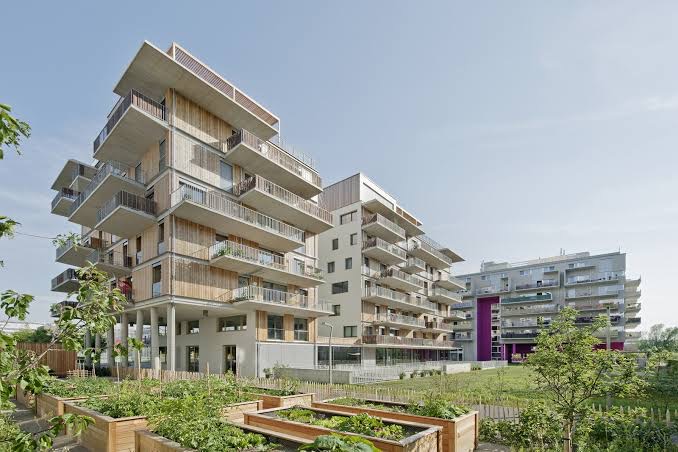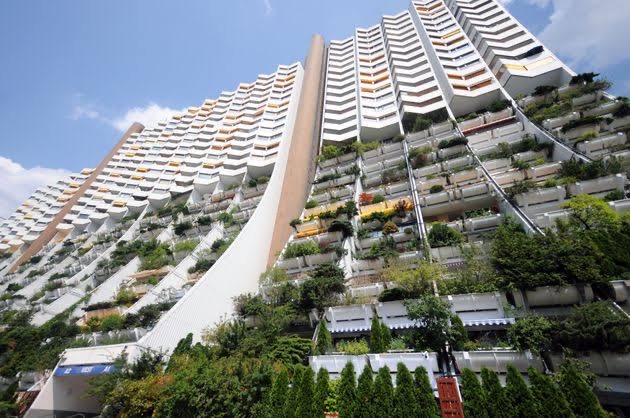The statement best city in the world for social housing is not a critique of other cities. There are many great social housing cities around the world including Amsterdam, Berlin, New York City and so many others. However; there is nothing like the city I am going to concentrate on today.
Beautiful Vienna:
I visited Vienna several years ago and was impressed by its beauty and sophistication. At the time I was there, little did I know that the opulence did not tell the entire story. There is a lot of social housing in Vienna! No, seriously a lot!
Vienna’s strong social housing history started in the 1920’s and has been growing since. The most unbelievable fact is that 60% of all people in Vienna live in social housing. If you add it all up, there are 1.7 million people living in over 200,000 social housing units.
Social housing has a stigma to it in many countries and cities around the world. However; in Vienna it is the absolute opposite. The city of Vienna in Austria is known worldwide to have one of the strongest social housing portfolios and systems. The interesting thing to know about social housing in this wonderful Austrian capital is the history that surrounds it.

80 Years of Social Housing:
Vienna did not always have this system in place. In fact, in the late 1800’s and early 1900’s social housing was left to the devices of the private market and many people lived in poverty and horrible living conditions.
During World War I, some things changed like protections against evictions for soldiers and protections against rent increases. Funny enough, these laws still hold up in many areas. After the first World War, a squatter/settler culture developed in Vienna and some professionalization of these movements also occurred. Without getting into too a lot of detail, an amazing amount of construction around community building and housing developed and thousands of units of housing were built. To learn more detail on this history, click here. There was also some very progressive tax rates where those living in luxury housing paid a 38% tax rate whereas those in social housing only paid 2%. Back in the 1920’s, the rent was around 4%-5% of income. Housing grounded to a halt during WWII. After the war ended, the housing development started back up in a major way. Use the link to learn more about detail about the history.
New Development:
The city works with the private sector and uses land they purchase for new social housing. The city works with developers. A jury helps decide who is going to be the builder and owner and the rent prices are a big piece of that. The developer gets to buy the rights to the property, a good loan with low interest and nice repayment agreements. 50% of all of the development must be given to low income residents. The rest usually go to moderate income families. The city as of a few years ago was adding thousands of new units a year

Rent Prices:
The rent in Vienna is set in an unusual and very tenant friendly manner. Tenants only pay 20%-25% of their income for rent. A tenant must be low-income upon moving in but can increase income and not have to move out. The large amount of affordable housing probably makes this more sustainable than cities in other countries where there is not enough affordable housing.
Conclusion:
Vienna is a city that is unique in so many aspects. The fact that it has become a social housing powerhouse is very interesting. We can learn a lot from Vienna even if there situation cannot be replicated easily. Please use the links below to learn more.
Source: Housing-futures.org
office 365 lizenz kaufen




